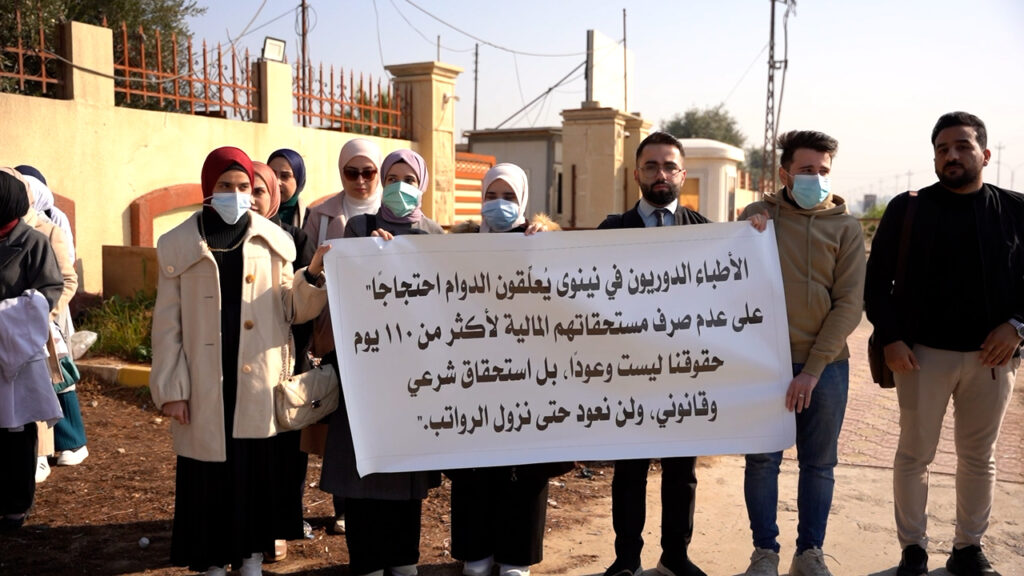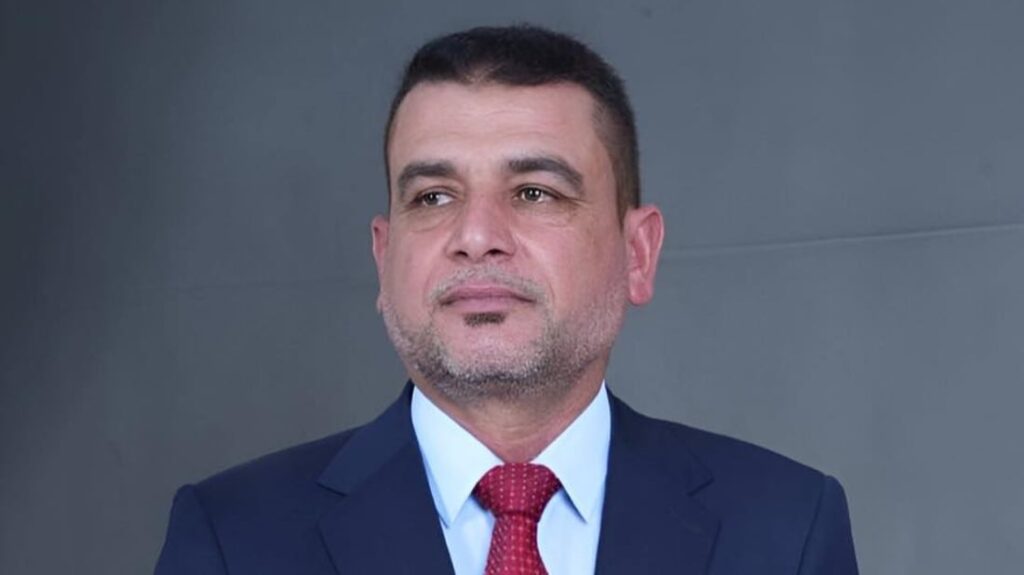World: World Bank Group Support in Situations Involving Conflict-Induced Displacement - An Independent Evaluation
Highlights
In 2016, the World Bank Group stepped up its engagement in situations of conflictinduced forced displacement at the global and country levels and adopted a new approach to its engagement that recognizes displacement as a development challenge that must be addressed to attain the World Bank Group’s twin goals.
Since fiscal year 2016, the Bank Group’s analytical, financial, and operational support has become more aligned with its stated development approach building on lessons from past engagements. This is an important shift.
Advisory services and analytics have shifted from providing a rationale for Bank Group engagement in situations involving conflictinduced forced displacement to contextspecific needs assessments focused on evidence-based, medium-term solutions.
The World Bank successfully mobilized new financing to support situations involving conflict-induced forced displacement and crowded-in funding from other donors. World Bank support for populations forcibly displaced by conflict and their host communities has increased, become more balanced, and focused on priority sectors to generate economic opportunities. These are significant achievements.At the same time, the Bank Group has not yet fully leveraged its comparative advantages in implementing its development approach. Evidence generated from analytical and advisory services needs to be translated better into context-specific policy dialogue, project design, and programming. Project design, in particular, could further address the specific needs and vulnerabilities of conflict-induced forcibly displaced persons and their host communities, especially the specific needs and vulnerabilities of the women and children among them. Projects should also more systematically include specific indicators to monitor and evaluate the effects on affected populations.
The World Bank engages and coordinates with humanitarian actors and development organizations at various levels, but coordination could be further strengthened. Additionally, select partnerships at the country level could be leveraged to ensure sector coherence and to foster policy dialogue to enact institutional reforms toward self-reliance that address the vulnerabilities of forcibly displaced persons. The Bank Group could also increase engagement to catalyze the private sector’s role in situations of conflict-induced forced displacement.
Internal and external factors inhibit the Bank Group’s development response to address situations of conflict-induced forced displacement. Internal factors include varying levels of active leadership in Country Management Units, growing but still limited Bank Group experience, and incentives. External factors include the varying nature of displacement situations, government capacity, macroeconomic and development challenges, and complex political economy factors.




